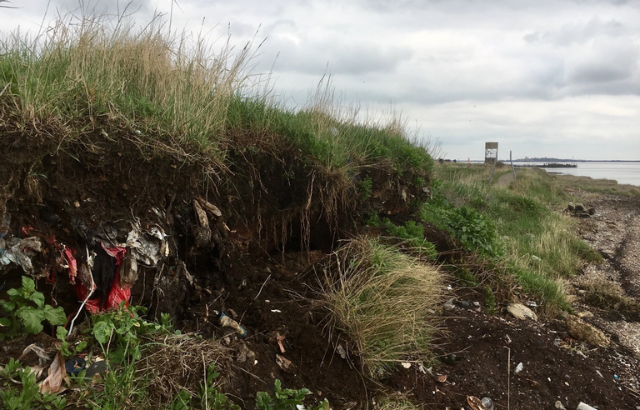The past is key to predicting future climate according to new study
A new study co-authored by Dr Heather Ford from Queen Mary’s School of Geography suggests that predictions of future climate change should include simulations of past climates.

The past is key to predicting future climate according to new study
Such models are used globally to assess the impacts of human-caused greenhouse gas emissions, predict scenarios for future climate and propose strategies for mitigation.
Relevance of the past
According to the researchers, as more and better information becomes available about climates in Earth’s distant history, reaching back many millions of years before humans existed, past climates are increasingly relevant for improving understandings of how key elements of the climate system are affected by greenhouse gas levels.
Unlike historic climate records, which typically only go back a century or two, paleoclimates cover a vastly broader range of climatic conditions that can inform climate models in ways historic data cannot. These periods in Earth’s past span a large range of temperatures, precipitation patterns and ice sheet distribution.
Dr Heather Ford, Lecturer in Environmental Science at Queen Mary and co-author of the study said: “Using the geologic record and climate models to constrain future climate change is key for mitigating impacts.”
Models of prediction
Typically, climate scientists evaluate their models with data from historical weather records, such as satellite measurements, sea surface temperatures, wind speeds, cloud cover and other factors. The model's algorithms are then adjusted and tuned until their predictions mesh with the observed climate records. If a computer simulation produces a historically accurate climate based on the observations made during that time, it is considered fit to predict future climate with reasonable accuracy.
Professor Jessica Tierney, lead author of the paper, which was published in Science, said: “We urge the climate model developer community to pay attention to the past and actively involve it in predicting the future. If your model can simulate past climates accurately, it likely will do a much better job at getting future scenarios right. Looking to the past to inform the future could help narrow uncertainties surrounding projections of changes in temperature, ice sheets, and the water cycle.”
However the researchers also cautioned that some models performed better than others. “We find that many models perform very well with historic climates, but not so well with climates from the Earth’s geological past,” Professor Tierney added. One reason for the discrepancies are differences in how the models compute the effects of clouds, which is one of the great challenges in climate modelling.
More information
- Research paper: Past Climates Inform our Future in Science (2020)
- Study Environmental Science at Queen Mary.
Related items

10 December 2024

13 November 2024

28 August 2024
For media information, contact: